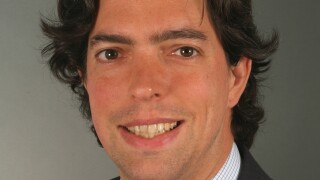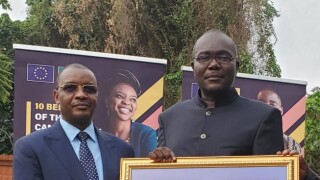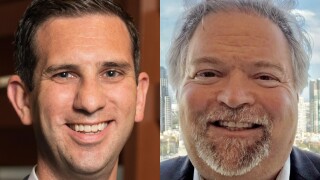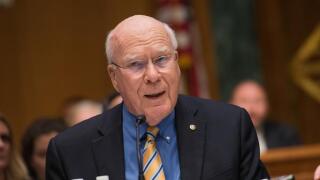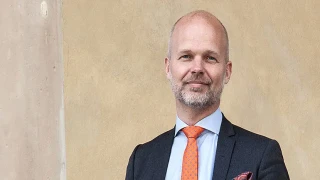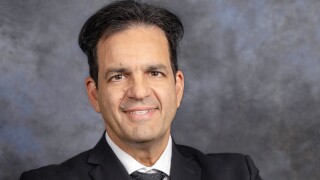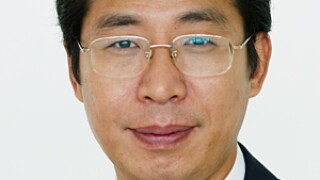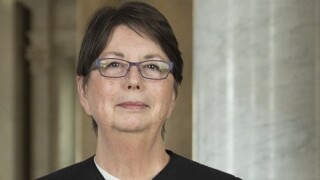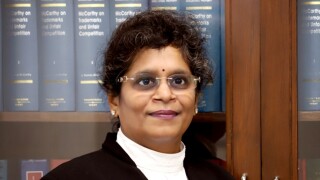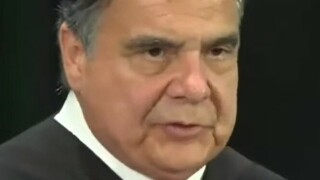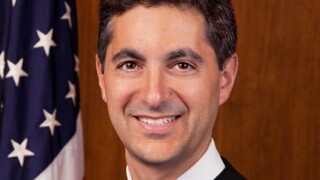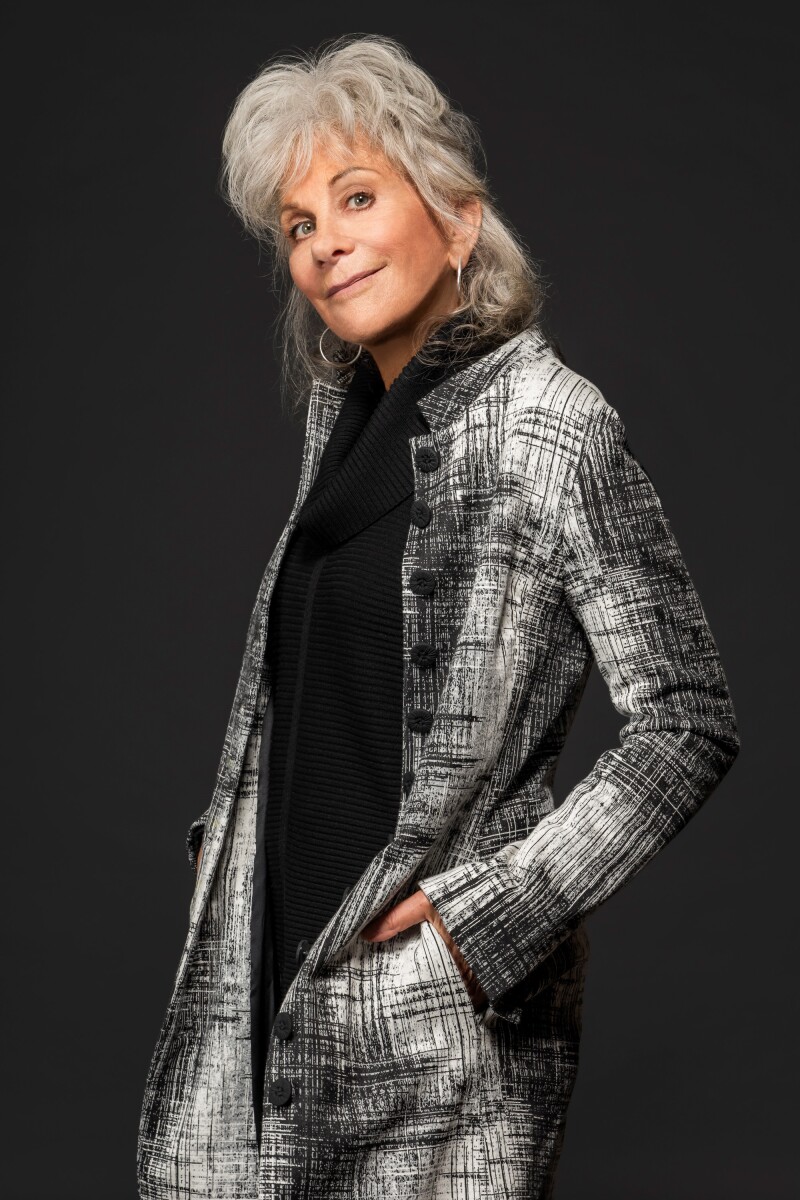
When is a work sufficiently transformative to be covered by fair use?
That question is set to be answered for the whole US in the near future thanks to photographer Lynn Goldsmith and her accusation of infringement against the Andy Warhol Foundation.
Goldsmith approached the foundation in 2016, shortly after Condé Nast published a commemorative magazine for the late music star Prince.
The photographer had licensed an image of Prince to Vanity Fair, owned by Condé Nast, in 1984 to be used by Warhol as an artistic reference. But between 1984 and 1987, Warhol made 16 variants of the photo, known as the Prince Series.
The commemorative magazine featured one of these variants on its cover.
Goldsmith said she’d been unaware of these variants until 2016 and that they were copyright violations of her photograph. She stated her intent to seek legal action.
But the Andy Warhol Foundation beat her to the punch, filing for a preliminary ruling at the District Court for the Southern District of New York.
The court ruled in 2019 that Warhol’s images were sufficiently transformative to be covered by the doctrine of transformative use.
Transformative use means that a new work has significantly changed the appearance or nature of a copyrighted work. If the use is found to be transformative, it doesn’t necessarily mean that a fair use defence will succeed, but said finding will weigh heavily in favour of the defendant.
The Court of Appeals for the Second Circuit disagreed with the lower forum, ruling in 2021 that the series wasn’t covered by fair use.
The Andy Warhol Foundation appealed the case to the US Supreme Court (SCOTUS), which picked up the matter last April.
Andy Warhol Foundation v Goldsmith will soon become the second fair use case that the high court has considered in just two years, the last being Google v Oracle.
Before the Google decision last year, SCOTUS hadn’t ruled on a fair use matter since Campbell v Acuff-Rose Music in 1994.
Counsel suspected that the case between the foundation and Goldsmith would be the “biggest copyright matter in decades”.










